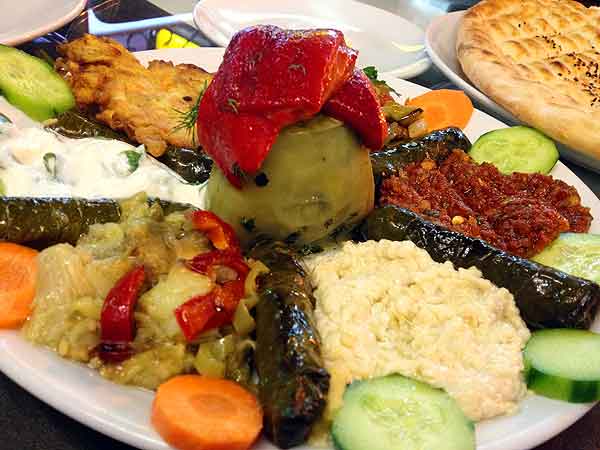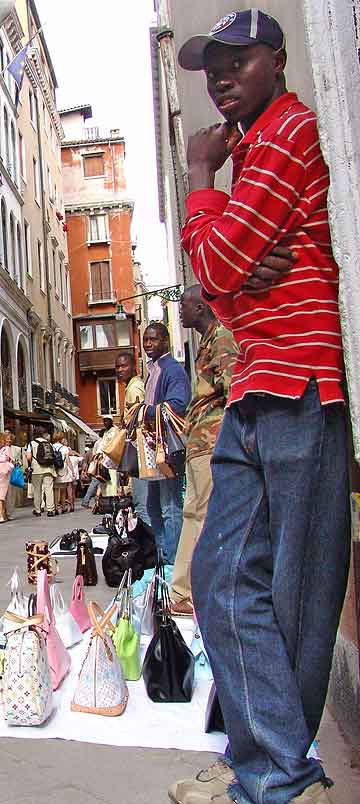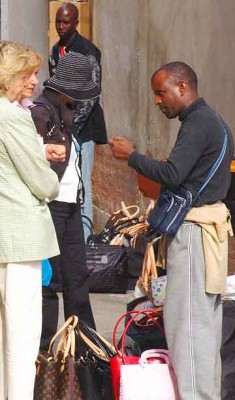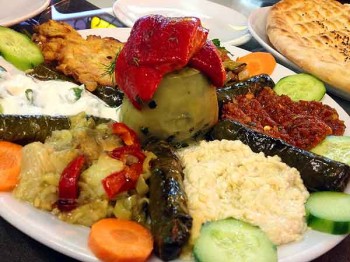
How one thing leads to another…
Bob and I were enjoying a delicious dinner in a small Turkish resort town. It was a balmy, late-summer evening and the restaurant was in a narrow alley; our table was outside, on the edge of light pedestrian traffic.
We had a beer and some raki along with this gorgeous mezze plate and warm bread fresh from the oven. I was hoping to save room for the oddly chewy Turkish ice cream, but that didn’t happen. We lingered, letting the meal stretch and be the night’s main event.
I noticed a large bottle fastened to the wall across the alley. It appeared to be a plastic water bottle. Why was it perched there so prominently? To hold flowers? rolled-up messages? a broom? It seemed to be partially full of something…
Eventually, I had to get up and go look. Bottle caps! It was about a quarter filled with blue plastic bottle caps. Why? I asked our waiter, who explained that when the bottle is full of caps, it could be traded in for a wheelchair. Huh.
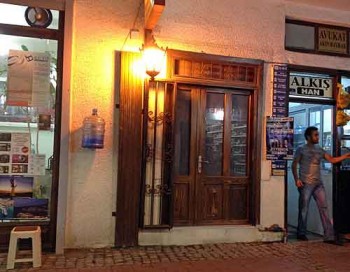
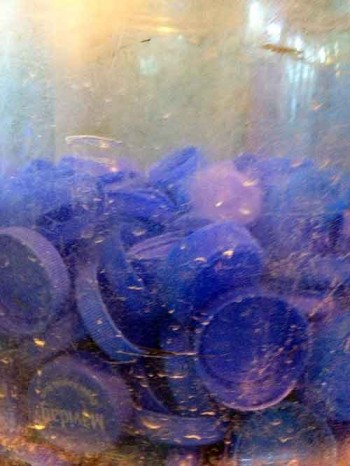
But, really? This seemed more like a hoax to me. Whatever…
As we considered the bottle on the wall across the alley, our focus shifted to the door at which it was mounted. It was an elegant entry surrounded by rich woodwork—at odds with the glass-fronted commercial establishments up and down the lane. It was warmly lit, while the surrounding shops flickered cool florescence. Could the doors lead to an upstairs guest house or hostel? We looked at the upper windows but could ascertain nothing. The glass doors were blacked out from the inside, reflecting alley activity, emanating mystery and privacy. This lent it a bit of foreboding, but that feeling was tempered and conflicted by the welcoming light. Come hither… stand back! Could it be an apartment house? The iron gate folded to the side implied a need for security.
After a while, it occurred to us that there was regular traffic into and out of the door. We hadn’t noticed at first, but once we began to pay attention, we saw that a couple or group would enter, then leave ten or fifteen minutes later. The visitors looked like tourists, not locals.
Again, we asked our friendly waiter. They sell copies inside, he said, knockoffs. But you have to know someone to get in. It’s the shop at the end of the lane. If you ask the right questions, you’ll be taken behind the wooden doors for the good stuff. He looked left and right, leaned in and whispered. No—just kidding.
Turkish counterfeits
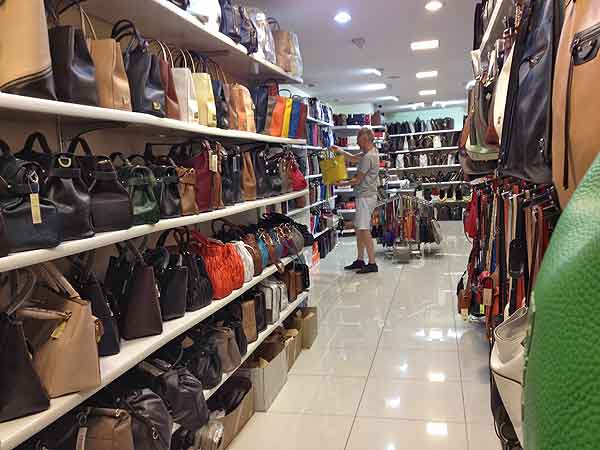
When we finished our dinner we strolled to the shop at the end of the lane and asked what we thought might be the right questions. A boy brought us to the wooden door and gave a secret knock—the code! (Slight exaggeration here.) The door opened to a bright and immaculate shop. Its walls were lined with shelves of colorful leather bags, satchels, purses, and duffels. Its spotless marble floor reflected more of the same. Racks held belts, and a small section displayed red-soled Christian Louboutin shoes. The goods were branded Prada, Hermes, Gucci, Chanel… all the big expensive names.

The quality seemed excellent. The prices were high—in the hundreds of dollars, but not the thousands. This lower-cost merchandise was likely made in the very same Italian factories as the legitimate designer items, from the same bolts of designer leather, cut and sewn by the same expert craftsmen. Read how counterfeit items are made in Italy and why they are for sale. Could these items have been made in Turkey, which has a thriving leather industry of its own? I doubt it. Could they be imitations from China? Not likely. I’ve been to the Beijing copy district, where shop after shop displays branded goods with impunity. Those items, while good, are churned out factory-like, without attention to precious detail as is the custom of Italian artisans. Or… perhaps in Beijing I didn’t know the right questions to ask.

